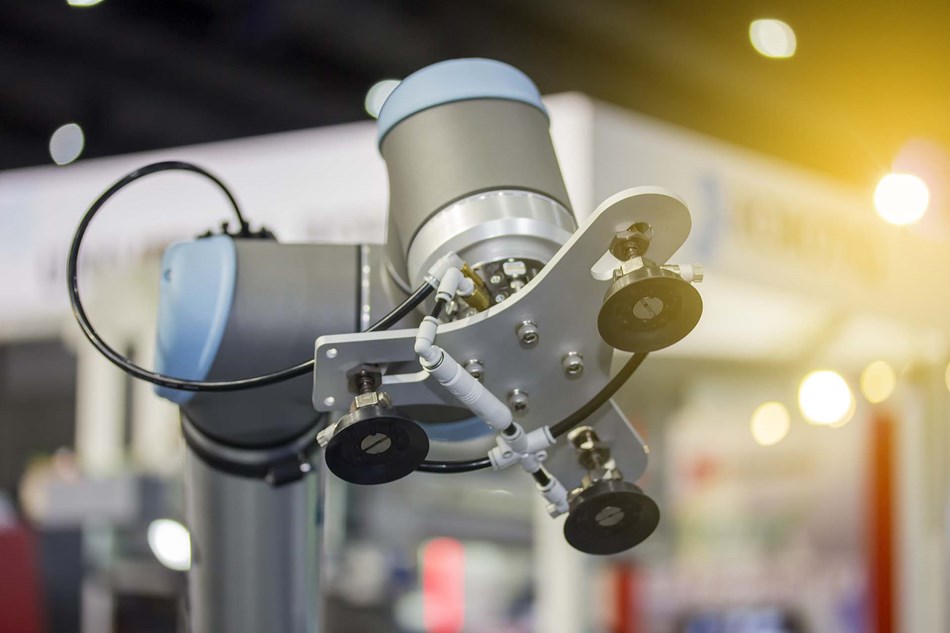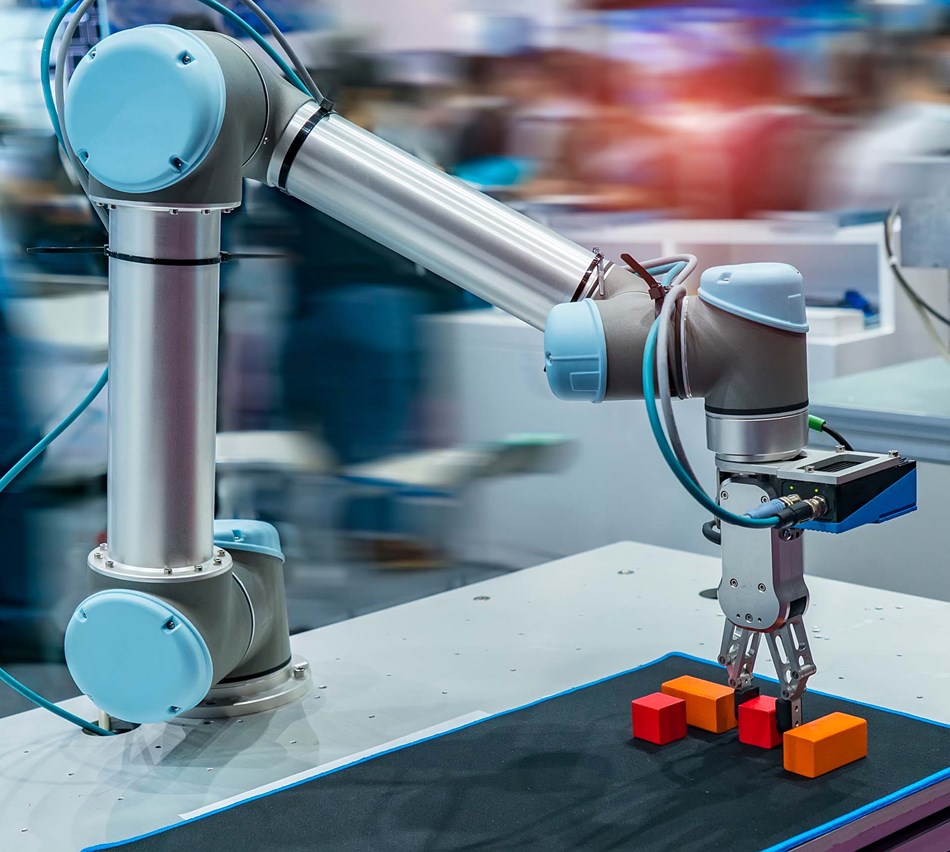Easily redeployable robotic arms help solve many business challenges
Redeployment is the process of allocating production resources to new tasks and new roles. With the current trend of automation, robotic manipulators or robotic arms are considered one of the main and primary production resources in manufacturing facilities. Resources are always limited, so an industrial robot manipulator that can be easily redeployed to many different tasks can help businesses solve many challenges in manufacturing.
Collaborative robot manipulators are one of the bright choices to be able to redeploy to many different tasks. So what is the role of redeployment in manufacturing and how can collaborative robots help this process happen quickly and smoothly? This article will answer one of these concerns of administrators before starting to deploy collaborative robots.
THE ROLE OF RE-DEPLOYMENT IN MANUFACTURING AND WHAT DOES EASILY RE-DEPLOYABLE ROBOTIC ARMS DO?
.jpg)
Resources are always limited, so redeploying existing resources within a business can bring many benefits.
Redeploying existing resources is something that manufacturing businesses always want to aim for. As mentioned above, resources are always limited. Therefore, redeploying existing resources in the business helps bring many benefits. Some of the benefits of redeployment include:
- Minimize and optimize production costs: One of the most obvious benefits of redeploying production resources is cost savings. Costs such as new investment costs or idle machinery costs will be greatly reduced. In addition, some costs such as retraining employees or costs related to programming and re-installation will also be significantly reduced.
- Solve business challenges: The business market is always fluctuating and changing. Manufacturers who can quickly and flexibly change to suit each new situation will be able to stand firm in the market.

Collaborative robots are one of the industrial robots that can be deployed quickly and simply.
The current Covid-19 pandemic is an example, the stagnant production situation, the disrupted supply chain requires businesses to quickly take measures to convert production to adapt to the situation. Industrial robots that can be easily redeployed for different tasks will help businesses during this period by both optimizing costs and ensuring social distancing regulations. And collaborative robots are one of the industrial robots that can do that well.
- Help free workers from boring work and perform other more valuable tasks: Deployment or rearrangement in production can also be very helpful for workers, automation technologies can replace them in boring or heavy work, from which workers can be arranged to other tasks that are valuable to them as well as bring more value to the business.
DISADVANTAGES OF TRADITIONAL INDUSTRIAL ROBOT ARMS
Production resources that cannot be redeployed can cause idle waste when there is no production demand. Traditional industrial robot arms are often large and heavy, making it difficult to move and arrange new tasks on other lines.
Due to their bulkiness, traditional industrial robot arms can sometimes only perform certain tasks, lacking flexibility when redeployed for different tasks. In addition, traditional industrial robot arms often require complex and time-consuming programming, so the costs of redeployment are not significantly optimized.
WHY CAN UR COLLABORATIVE ROBOT ARMS BE EASILY RE-DEPLOYED?
Collaborative industrial robot arms have many advantages that make redeployment easier and more convenient. Most collaborative robot arms are lightweight, easy to move and quick to set up. Universal Robots collaborative robots are compact and lightweight, with the heaviest robot weighing only 33.5 kg in the UR10e model and the lightest 11.2 kg in the UR3e series.
Although most collaborative robot arms are lightweight, they can meet a variety of applications such as assembly, surface finishing, welding or quality inspection. In addition, their payloads are quite impressive compared to their weight, with the highest payload that can be achieved being 16 kg in the UR16e model.

Collaborative robot arms can be applied to many different tasks
In addition, collaborative robots can be installed quickly and programmed easily, making the redeployment process faster. Without any bulky barriers or taking up much space, these collaborative robots can work safely with humans and quickly re-establish anywhere.
At Dynamic Group, USA, collaborative robots are installed on carts, without the need to set up protective barriers, they can easily move from one area to another to serve different tasks. In addition, programming is also extremely easy, it only takes about 2 days for a company employee who has no knowledge of robot programming to be proficient and do this job well.
At L'Oréal, - one of the world's largest cosmetics companies in India, collaborative robots have helped businesses quickly and easily switch and redeploy tasks.

The robotic arm installed at L'Oréal is extremely easy to install and quickly redeployed
“Before adopting cobots, we had different setups that took 60-70 minutes to set up. Now, with cobots, we can switch to another application with just a click,” says Mayur Raut, Director, Manufacturing, L’Oréal India.
It can be seen that redeployment is very beneficial for businesses, especially during times of business disruption, and collaborative robotic arms are one of the best options to ensure that the redeployment process is smooth and faster.
Article source: universal-robots.com
